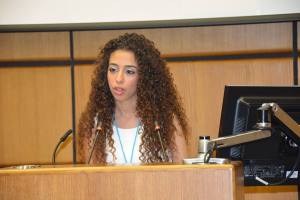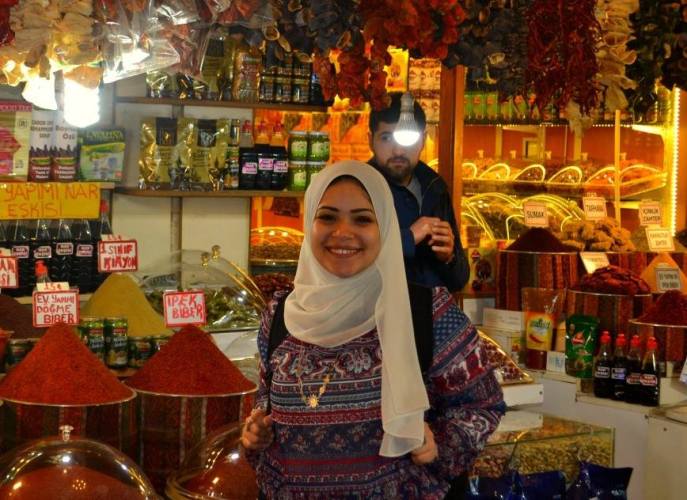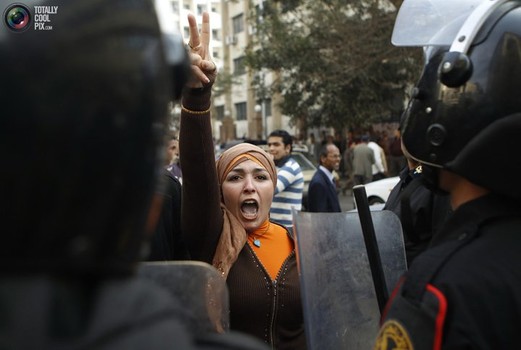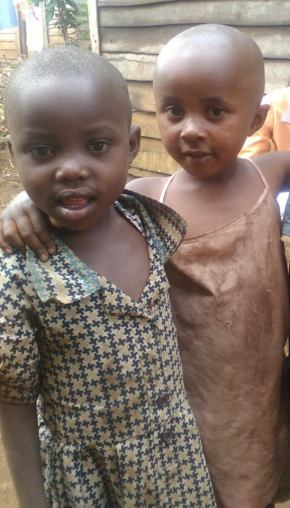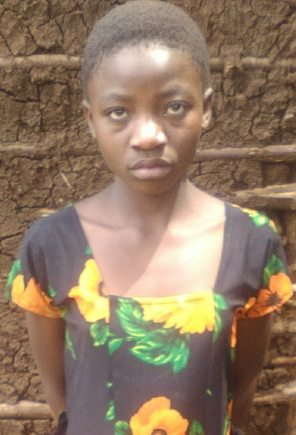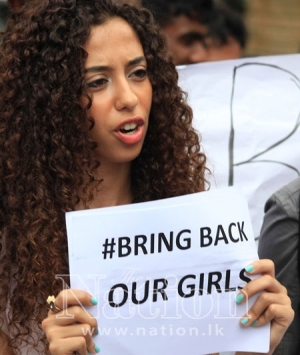The civil war has destroyed Syria and dominated the news; there is a noteworthy aspect of the conflict that endures to go mostly unreported: the dilemma of women and girls who take the flak of the war.
They are bearing the greatest burden, yet their voices and stories are often left unheard.
Syria is undergoing the biggest humanitarian crisis in the world of today. Since the beginning of the Syrian crisis in March 2011, the human rights activists and organizations claimed that the situation has persistently worsened. The Independent International Commission of Inquiry on Syria and the UN Human Rights Council have been reverberating the warnings of the grave violations committed by Syrian government and other parties of the conflict.
Violent and aggressive fighting have increased between Bashar al-Assad’s followers and armed rebellious groups; in July 2012, the fighting was qualified as internal armed conflict caused humanitarian damages on civilian citizens; including random arrests and detention, extra-judicial executions, rape, different forms of sexual violence, kidnapping, enforced disappearances and torture by Syrian authorities and pro-governmental militias called “shabbihas”.
As of June 2015, more than half of all Syrians have been enforced to leave their homes; 7.6 million people were exiled within Syria and 3.9 million people displaced as refugees in neighboring countries: Lebanon, Jordan and Turkey, according to UN refugee agency.
Women and girls are among the most vulnerable, about half million Syrian women, those in refugees and those who still in Syria, are sexually injured, pregnant and need maternal care services.
Countless UN bodies and representatives, international and national NGOs and journalists, have documented the crimes attacks and the sexual violence cases committed during the Syrian crisis. Still, it remains tremendously difficult to measure the extent of crimes of sexual violence and to draw conclusions on patterns; however, there have been several reports of crimes of sexual violence committed by anti-government armed groups. The Special Representative of the Secretary-General on Sexual Violence in Conflict, Zainab Hawa Bangura, stated that “Civilians already caught in a vicious cycle of violence are also the target of sexual violence by all parties to the conflict”.
Most accusations of rape and the other forms of sexual violence reported were said to have been executed by government forces and shabbiha during house searches, at checkpoints and in imprisonment.
In some cases, women were assaulted and beaten in public in front of family members.
We caught up with Karam Yahya “Syrian Refugee in Germany and human right activist” who told us :“Women suffer differently according to the region they live in, suffering in Damascus is not the same in north of Syria, every region is controlled by regime and group, which makes women subjective to different suffering experiences”. He added: “There is a social disorder in all these regions, women struggle to feed their families as their husbands go to fight, and outside Syria the suffering is even enormous, the case of Zaatari Camp in Jordan where I worked, there is violence, discrimination, and the cultural conservative traditions enforce women to stay home”
Thousands of Syrian women are objects of sexual violence, but their conservative cultural and religious environments, especially in rural and southern areas of Syria, prohibit women and girls from talking freely about their suffering from sexual violence and other forms of violence.
This is the reason that makes it very difficult to find rape cases because of the dominant culture and the refusal to talk publicly about these subjects.
Furthermore it is hardly anyone makes complaints about such crimes because nobody will marry a woman who has been raped. The social stigma and family pressure influence the psychology situation of these women, which in some cases can lead to suicide.
In other cases, families forcibly marry raped women, including to relatives and foreign, for the “sake of the honor”, which makes it hard to help these women who are in critical situations, as their parents block any assistance that could be provided to them.
Bashar al-Assad forces are not the only enemy to Syrian women, ISIS (criminal group) is disrobing them of their human rights, as well. “Marry me or be my slave”; this is how ISIS group threats innocent women; whether they accept or refuse they are subjected to various forms of deprivation, threats, solitary imprisonment, as well several forms of torture, rape and sexual harassment. Other women were forced to divorce their husbands and enforced to practice “jihad sex” with different rebels of ISIS.
The media has widespread the case of the young mothers who have been savagely maimed by ISIS for breastfeeding in public. The Members of ISIS’s enforce strict barbaric sharia laws concerning on how women should dress and act, breastfeeding in public is not accepted act according to their rules.
Distressingly, they use a spiked, metal device known as “The Biter” to wreak harsh punishments on women deemed to have shown too much skin and those who breastfeed in public. They take the “Biter”, which is a shrill object that has a lot of teeth, they hold the women, and place it on their chest and pressing it strongly, this could damage and destroy the femininity of these women. Thousands of Syrian women are slaughtered silently.
In other cases women are being stripped naked and forced to take “virginity tests,” then they are taken to slave markets where the attractive virgins are sold off to the highest buyers, those who refuse to perform an extreme sex act are burned alive.
Outside Syria women face further challenges and depressed situations; some parents force to marry off their daughters as child brides and push them to work as prostitutes in the camps. Several reports stated that men from Saudi Arabia and other Middle Eastern countries take the advantage of families’ desperation to seek young brides.
While many countries have strictly constrained border crossings and closed their borders completely in response to the fear that terrorists could enter to their lands.
According to Thomson Reuters Foundation poll on women’s rights; Syria is ranked 19th out of 22 Arab states to some extent better than Saudi Arabia, Iraq and Egypt, where women face gender violence, degrade reproductive rights, economic exclusion, lack of necessary health services, depraved treatment of women within the family and the society, in addition to elimination attitudes towards women in politics and society.
Five years into Syria’s civil war and with no end in eyesight, it is somehow hard to see what the future of Syria will look like, and what women’s place will be in it, the war has devastating impact on women’s rights, putting millions of women and girls at risk of trafficking, forced and child marriage and sexual violence.
Sana AFOUAIZ




